Today, recycling has become an essential practice to preserve our planet and create a sustainable future. Each of us can make a difference by adopting recycling habits at home . Today you will discover how to improve recycling in your home and contribute significantly to caring for the environment. Through simple changes in your lifestyle, you can reduce waste, reuse materials and encourage a more responsible consumption cycle.
Why is recycling important?
Recycling plays a critical role in conserving our natural resources and reducing pollution. By recycling , we help reduce the amount of waste that accumulates in landfills, we avoid the extraction of new raw materials and we reduce the emission of greenhouse gases. In addition, recycling contributes to the creation of jobs in the waste management industry and promotes the circular economy.
How should it be recycled?
- Know the recycling guidelines : It is important to inform yourself about the recycling guidelines established by your community. Each location may have different requirements and recommendations, so it is essential to become familiar with your local guidelines.
- Use the right containers : For an effective separation of recyclable materials, use the designated containers for each type of material. These containers typically include containers for paper and cardboard, plastic, glass, and metal. Be sure to correctly identify each container and deposit the materials in the corresponding container.
- Rinse containers : Before recycling containers such as plastic bottles, aluminum cans, or glass jars, be sure to rinse them to remove any debris or contaminants. This helps prevent unpleasant odors and reduces the possibility of contamination during the recycling process.
- Remove contaminants : It is important to remove any contaminants from recyclable materials. This can include sticky labels, non-recyclable plastic lids, food scraps, etc. Pay attention to materials that are not accepted in the local recycling program and dispose of them properly.
- Reduce the size of materials : To save space in your recycling bins and make the recycling process easier, consider reducing the size of materials when possible. For example, you can fold cardboard boxes or shred paper before placing it in the container.
- Avoid cross contamination : Make sure you don't mix non-recyclable materials with recyclables. This can affect the quality of the recycled materials and make it difficult to reuse. Pay attention to recycling guidelines and avoid depositing non-recyclable materials in the containers designated for recyclable materials.
- Be aware of hard-to-recycle products : Some products may be more difficult to recycle due to their composition or size. These can include plastic bags, food wrappers, and electronics. Investigate special recycling options for these products and, where possible, opt for more sustainable alternatives.
What are the phases of recycling?
The recycling process consists of several important stages, which we explain below:
- Collection : At this stage, recyclable materials from homes and businesses are collected. You can use specific containers for the separation of waste, such as paper, plastic and glass containers, or carry out the separation at source at home.
- Transportation : Once collected, recyclable materials are transported to a recycling plant. It is important to ensure that materials are properly handled during transport to prevent damage or contamination.
- Classification and separation : In the recycling plant, the materials are classified and separated according to their type. Different methods, such as conveyor belts, magnetic separators, and air currents, are used to separate paper, plastic, glass, and other materials.
- Processing : After classification, the materials are processed to prepare them for further transformation. This may include cleaning, crushing, and melting down the materials into high-quality recycled products.
- Conversion into raw materials : In this stage, recyclable materials are converted into new raw materials that can be used in the manufacture of new products. For example, recycled paper can be made into paper pulp, recycled plastic can be made into plastic pellets, and recycled glass can be melted down to make new packaging.
- Manufacture of recycled products : The new raw materials obtained from recycling are used in the manufacture of recycled products. These products can include recycled paper, recycled plastic packaging, recycled glass products, and many others.
- Sale and reintroduction to the market : Once manufactured, the recycled products are sold and reintroduced to the market. These products may have the same quality and functionality as non-recycled products, but have the added benefit of helping to conserve natural resources and reduce pollution.
What can I do to recycle at home?
Make good use of the water
Saving water is essential for a sustainable lifestyle. By recycling water at home, you can reuse it to water your plants or clean floors and surfaces. Also, be sure to fix any leaks or drips to avoid unnecessary waste.
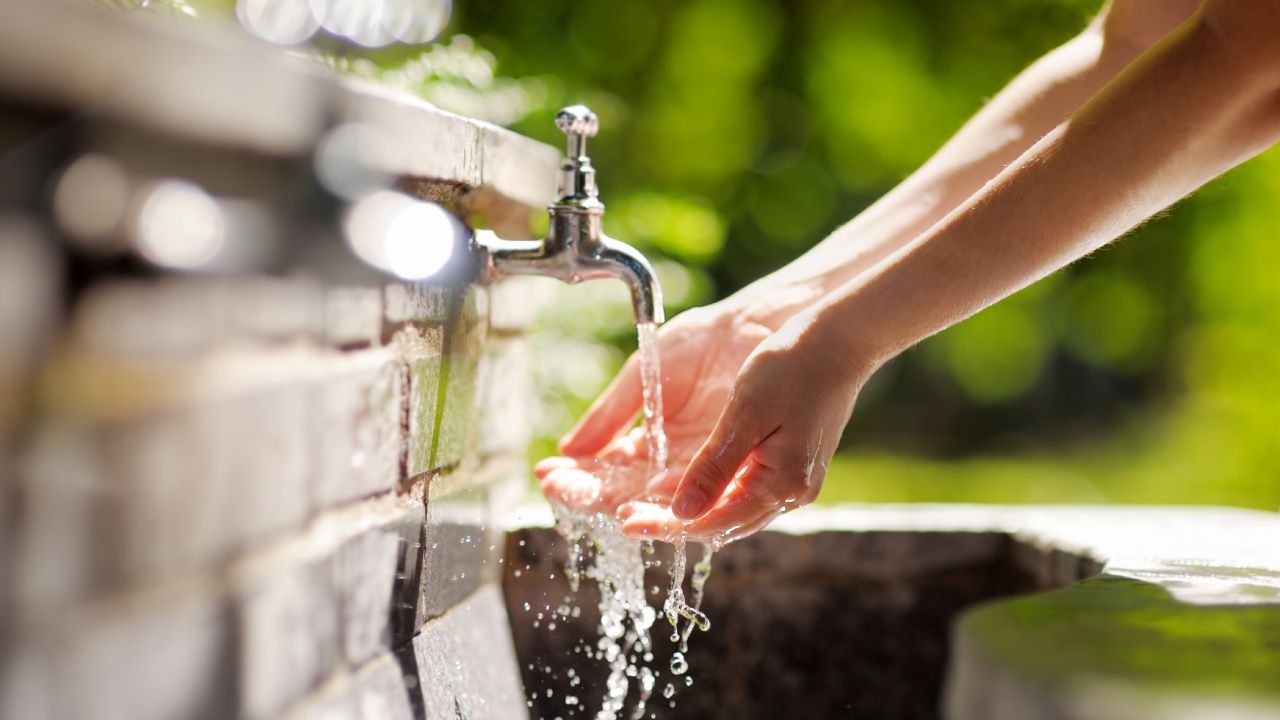
Reduce packaging or products to use and throw away
One of the best ways to recycle is to reduce the amount of single-use packaging or products we use in our daily lives. Opt to buy in bulk, bring your own reusable water bottle, and use cloth bags instead of plastic bags. In this way, you reduce the generation of waste from the source.
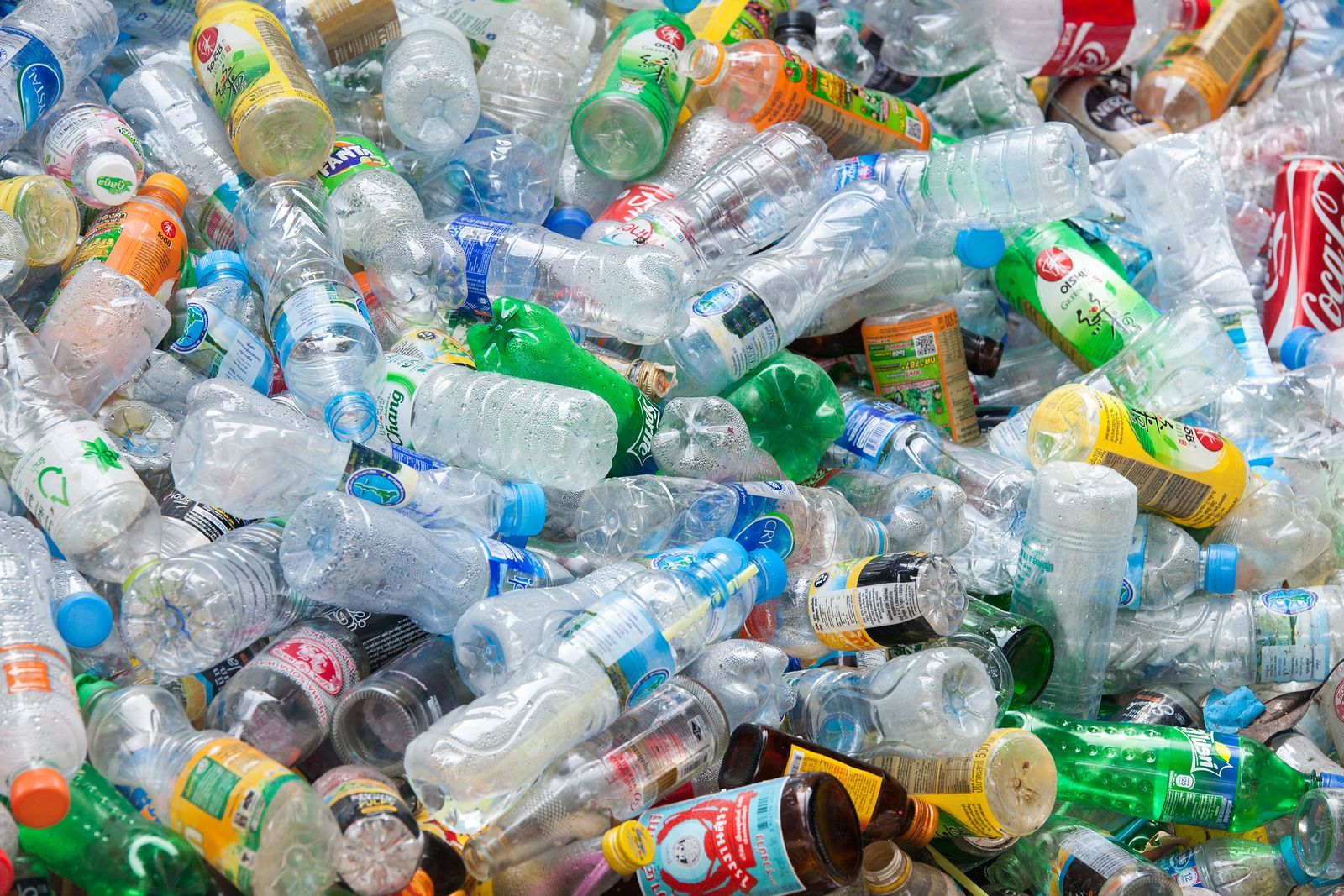
Opt for object repair
Instead of throwing away items that are broken or damaged, consider repairing them. Often times, a simple repair can extend the life of an item and prevent premature replacement.
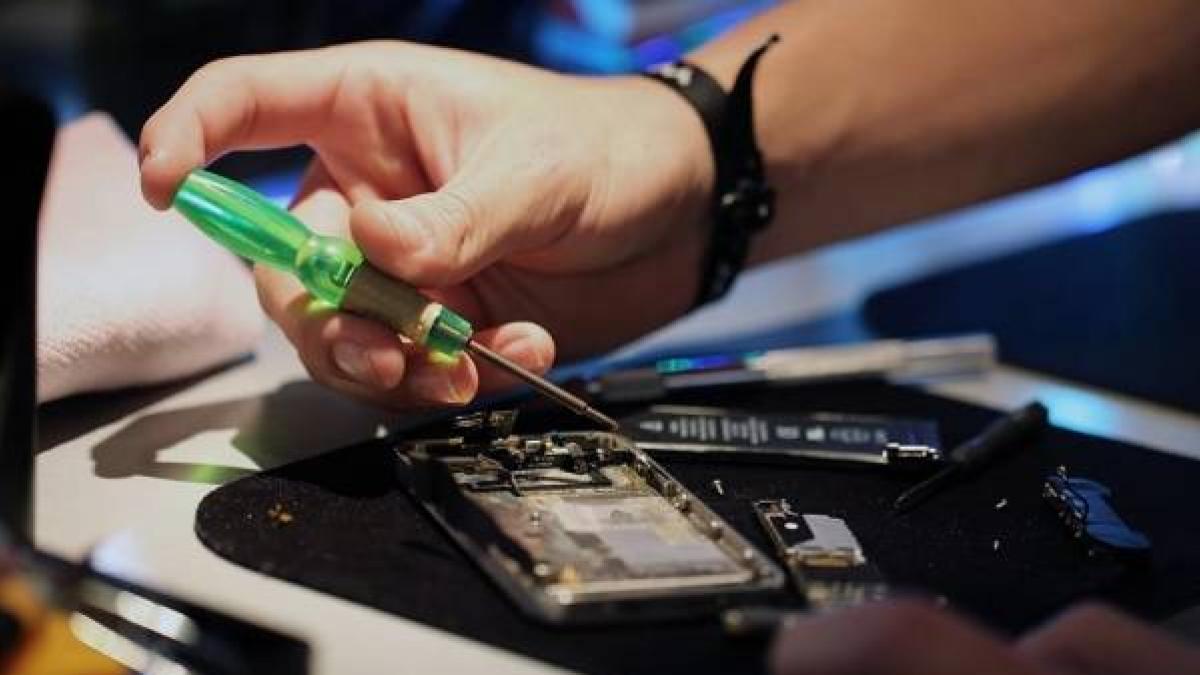
Transform your plastic containers into pots
Plastic containers, such as bottles or containers, can be reused as pots for your plants. Simply drill holes in the base for water drainage and fill them with soil and plants. This creative option not only helps you recycle, but also beautifies your home.
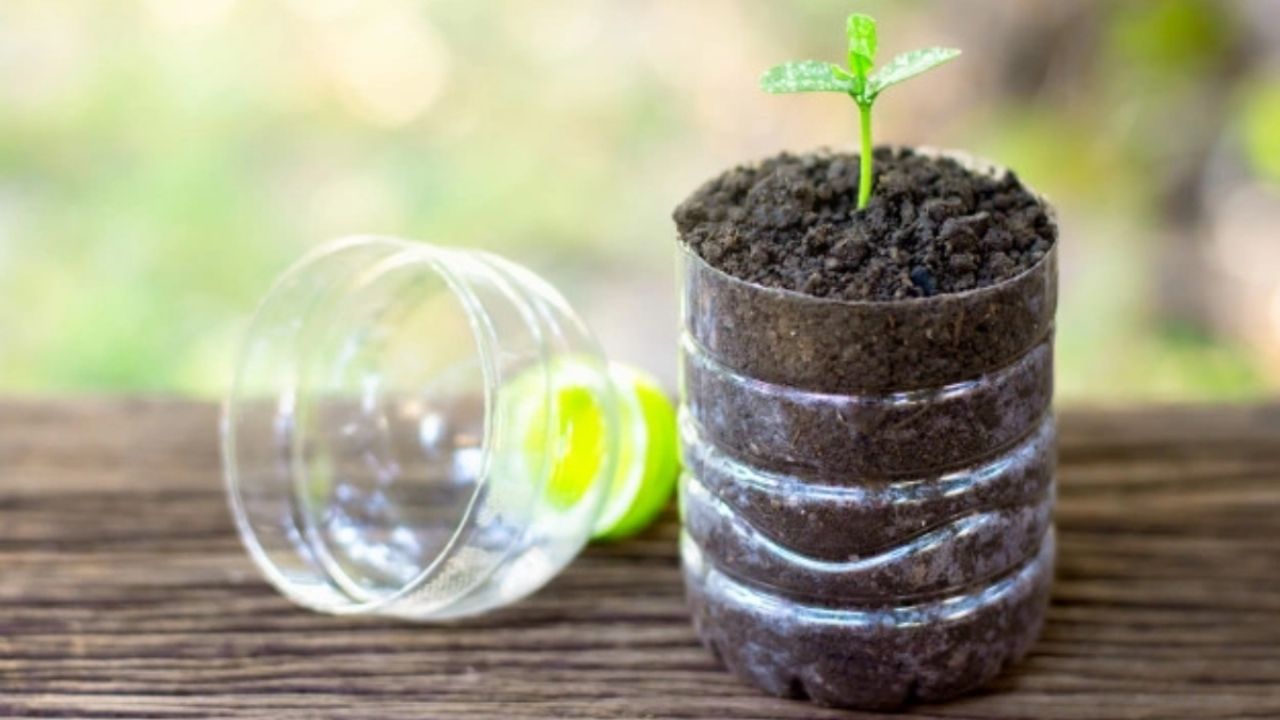
Reuse glass jars as containers
Empty glass jars, such as jam or preserve jars, can have a second life as containers for storing food, spices or even as containers for homemade gifts. Wash them well and decorate the lids to give them a personalized touch.
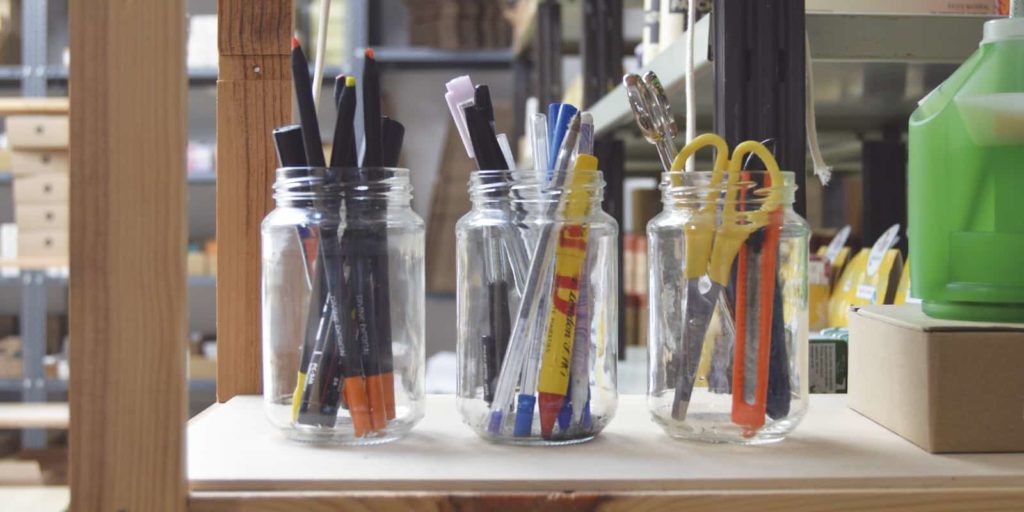
Create a composting area in your garden
Composting is a great way to reduce organic waste and produce natural fertilizer for your plants. Create a compost area in your garden and use leftover fruit, vegetables, coffee grounds, and dry leaves to feed the compost. You will obtain a natural fertilizer and you will reduce the amount of waste that goes to landfills.
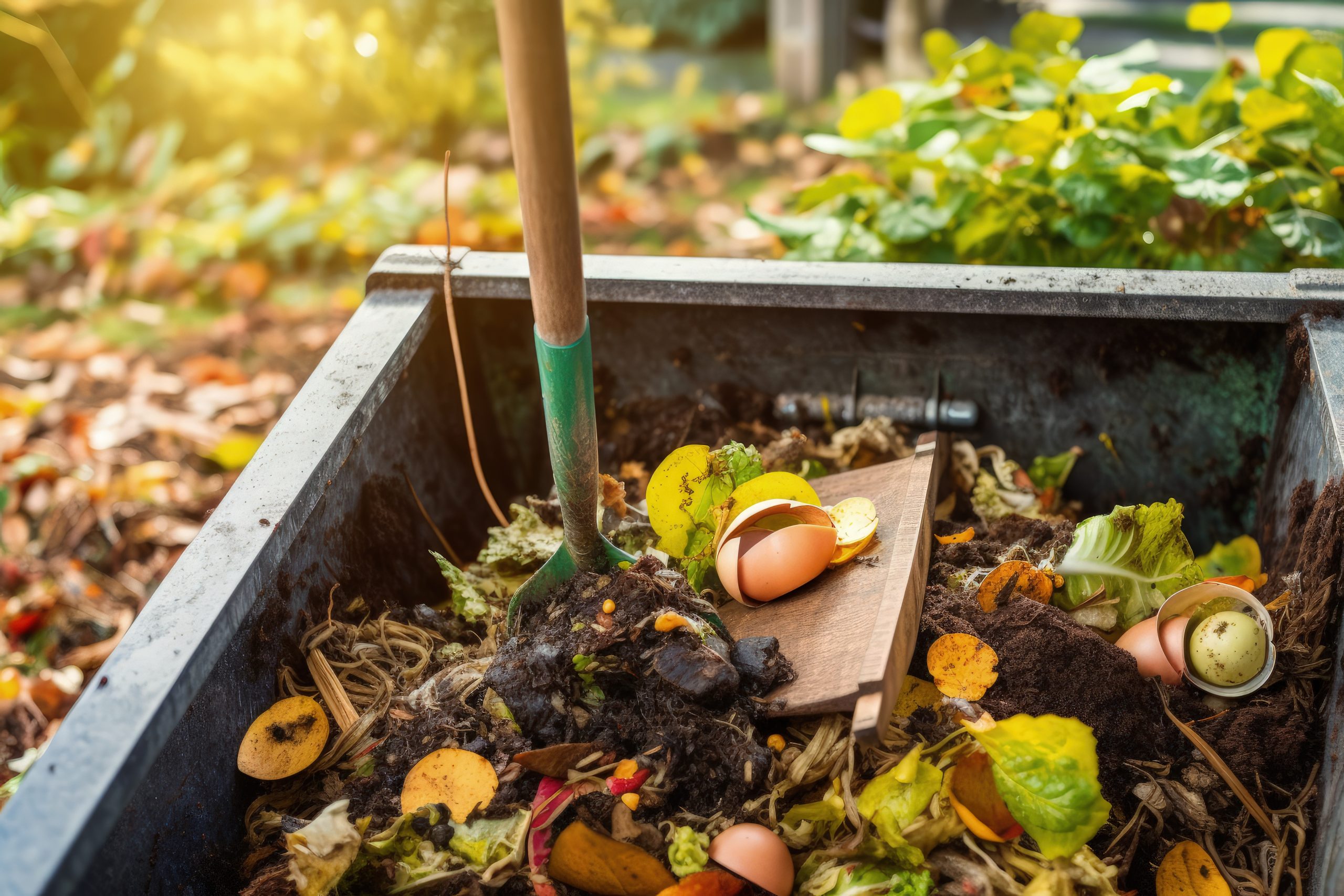
Create a composting area in your garden
Composting is a great way to reduce organic waste and produce natural fertilizer for your plants. Create a compost area in your garden and use leftover fruit, vegetables, coffee grounds, and dry leaves to feed the compost. You will obtain a natural fertilizer and you will reduce the amount of waste that goes to landfills.
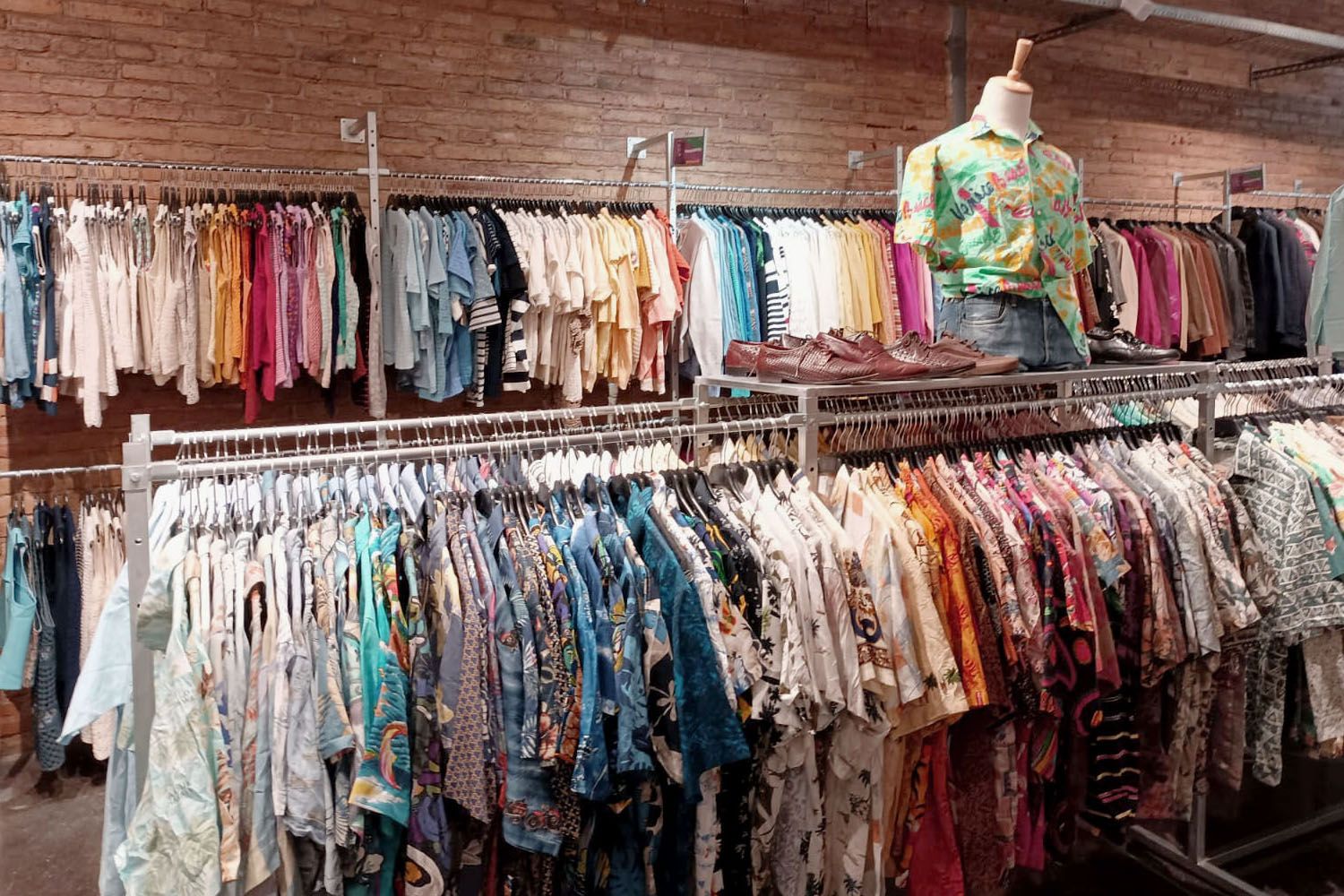
Recycle your electronic devices
Electronic devices contain valuable materials and components that can be recycled. Make sure you take your old or damaged electronic devices to specialized collection points, where they can be properly disassembled and recycled.
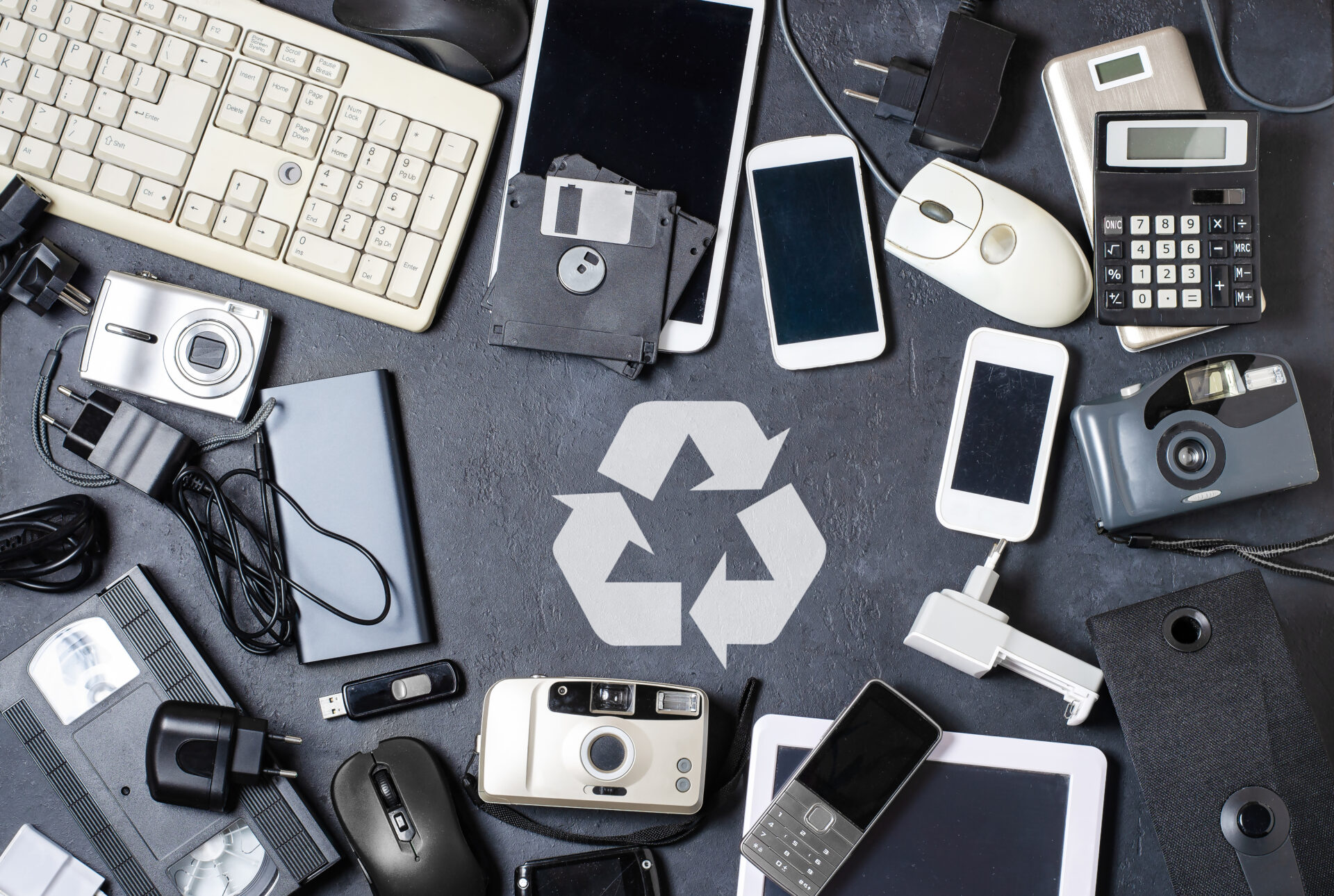
Use reusable cloth bags
When you go shopping, take reusable cloth bags with you instead of using plastic bags. These bags are strong, durable and can be used over and over again, thus avoiding the unnecessary use of plastic bags.

Recycle paper and cardboard
Separate and properly recycle the paper and cardboard you use at home. Be sure to fold and flatten cartons before discarding to save space in your recycling bin. Also, avoid printing unnecessary documents and use recycled paper whenever possible.

Make crafts with recycled materials
Encourage your children to be creative and use recycled materials to make crafts. They can create works of art using paper, cardboard, plastic bottles and other recyclable items. This activity is not only fun, but also teaches them about the importance of recycling and reusing.

Buy products made from recycled materials
When you go shopping, look for products made from recycled materials. There are numerous options available in the market, from furniture to clothing to paper products. By choosing these products, you support the demand for recycled materials and promote the circular economy.

Educate others about the importance of recycling
Share your knowledge about recycling with family, friends and neighbors. Host talks, participate in community events, or use social media to spread the word about the importance of recycling and how we can all contribute to a more sustainable future.

Recycling at home is a powerful way to make a difference in protecting our planet. By adopting simple habits like reduce, reuse, and recycle, we can help conserve natural resources, reduce pollution, and create a more sustainable environment. So get started today and turn your home into an example of responsible recycling.

Comentarios